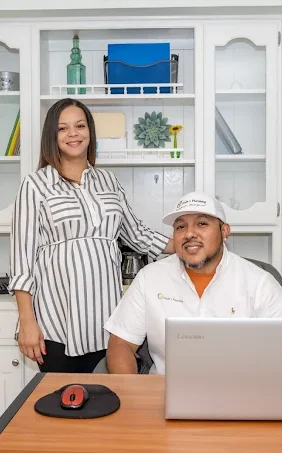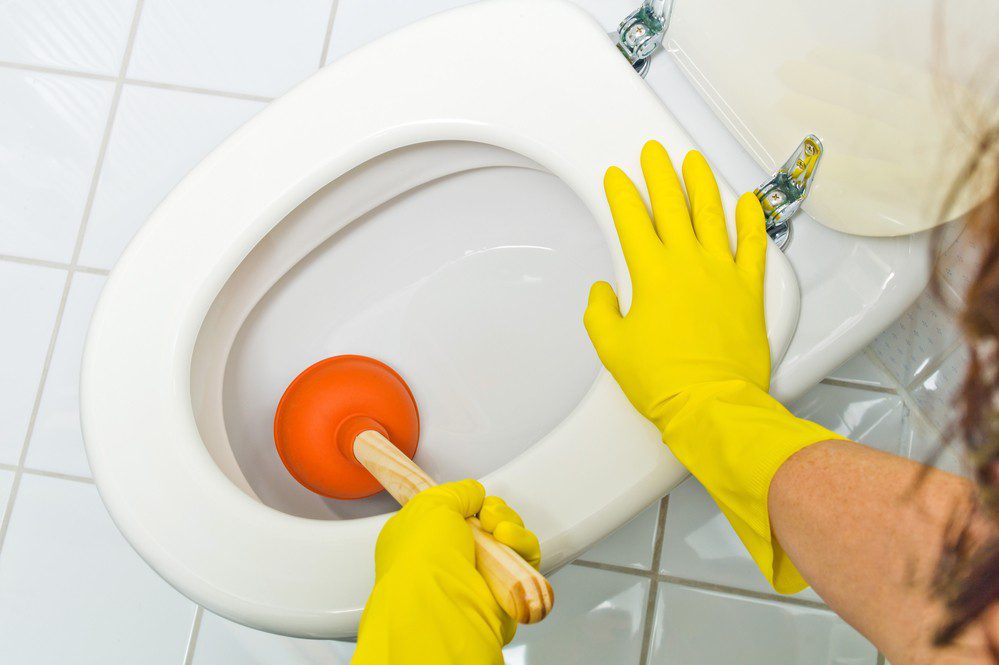A clogged toilet can be a source of frustration and embarrassment, but it’s a common plumbing issue that many of us have encountered at some point. Knowing what causes a clogged toilet and how to prevent it can save you from unexpected bathroom mishaps. In this article, we’ll explore the common culprits behind toilet blockages…
READ MORE PLUMBING ARTICLES
By Made’s Plumbing
Ensuring Safe Water in Arlington, TX With Service Line Inspections
Headline stories like what happened in Flint, Michigan several years back have been a reminder…
Plumbing Myths in Arlington, TX: What Property Owners Should Know
Since the time we’re kids we hear all kids of plumbing myths. From the ridiculous,…
What to Do in a Plumbing Emergency: Tips for Arlington Residents
Experiencing a plumbing emergency in your Arlington, TX home is way more stressful than regularly…
Drop Us a Line!











